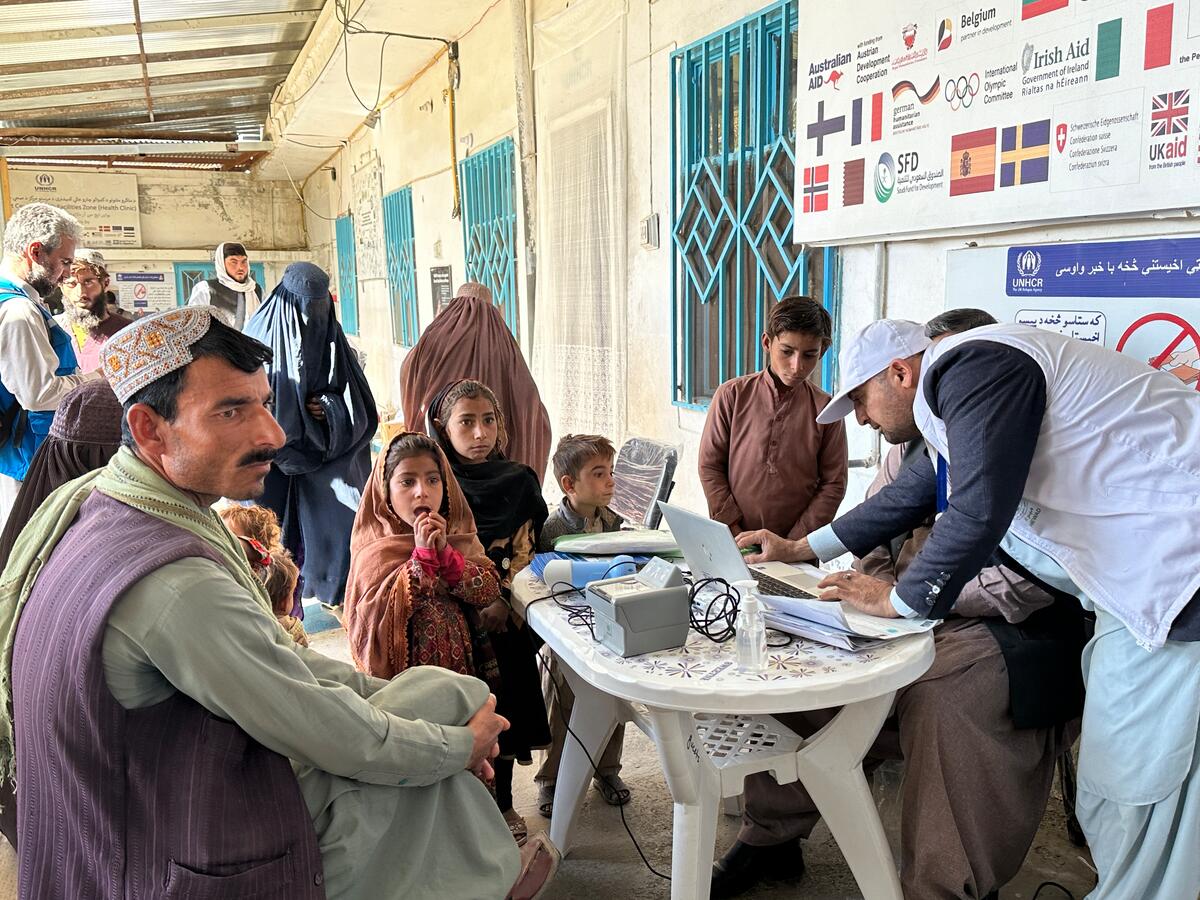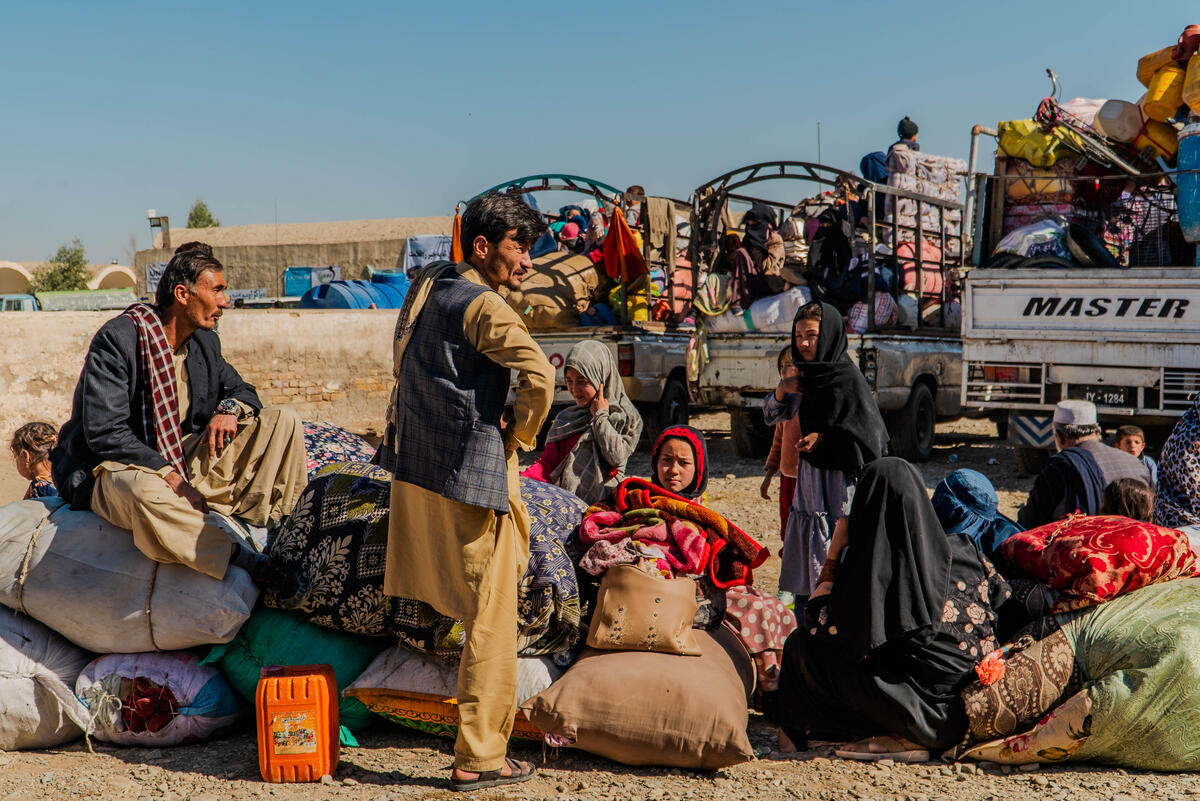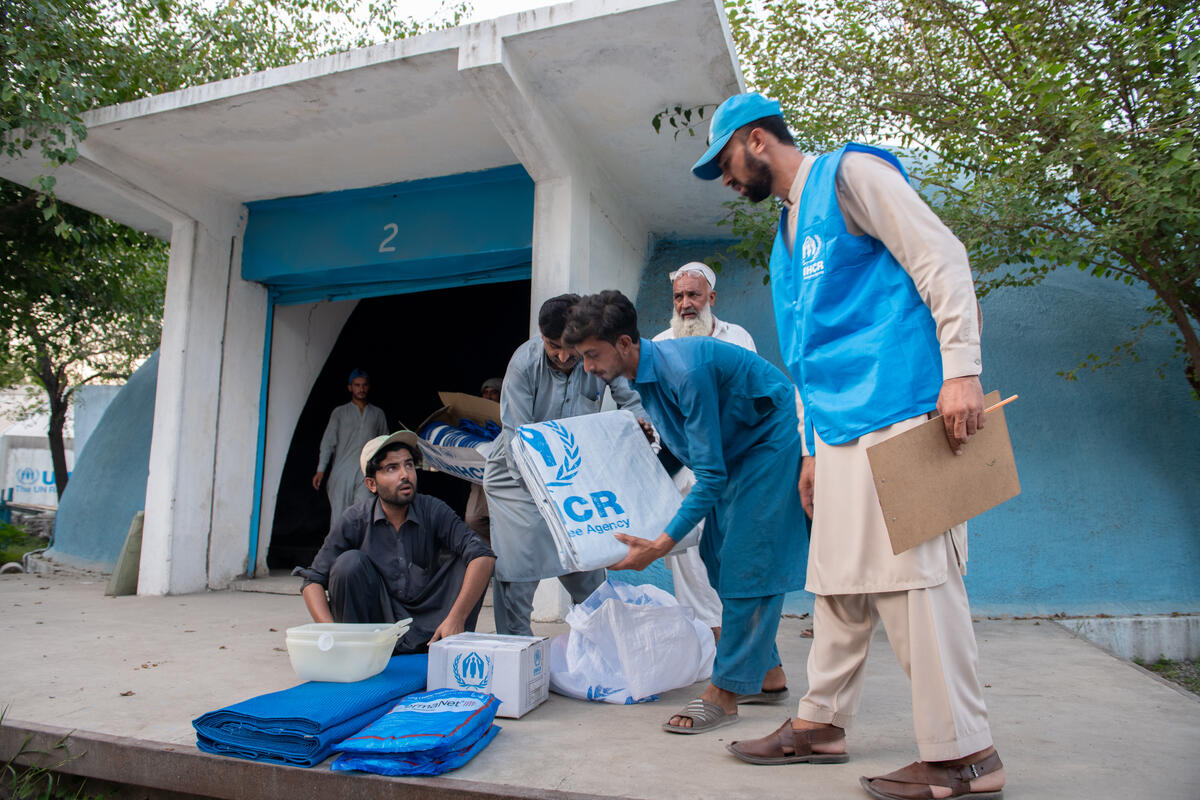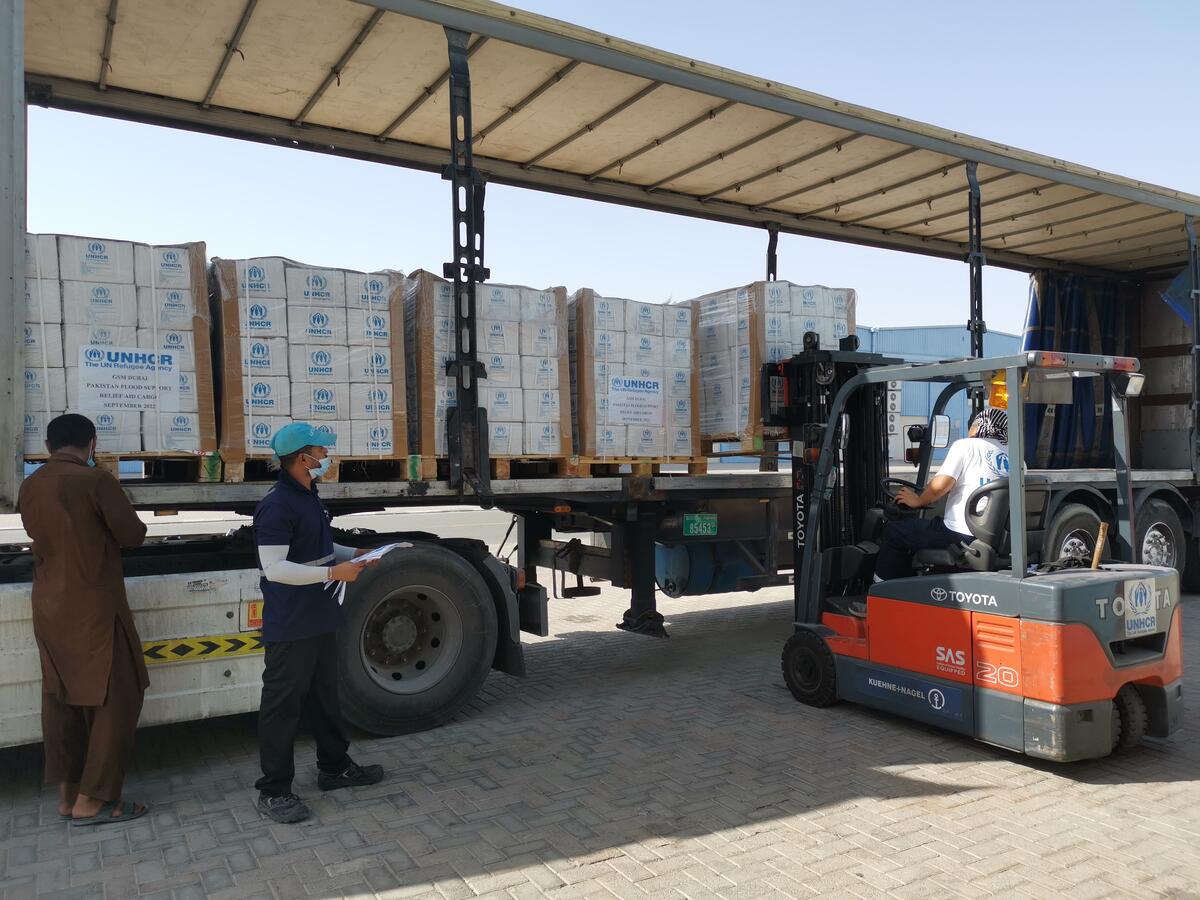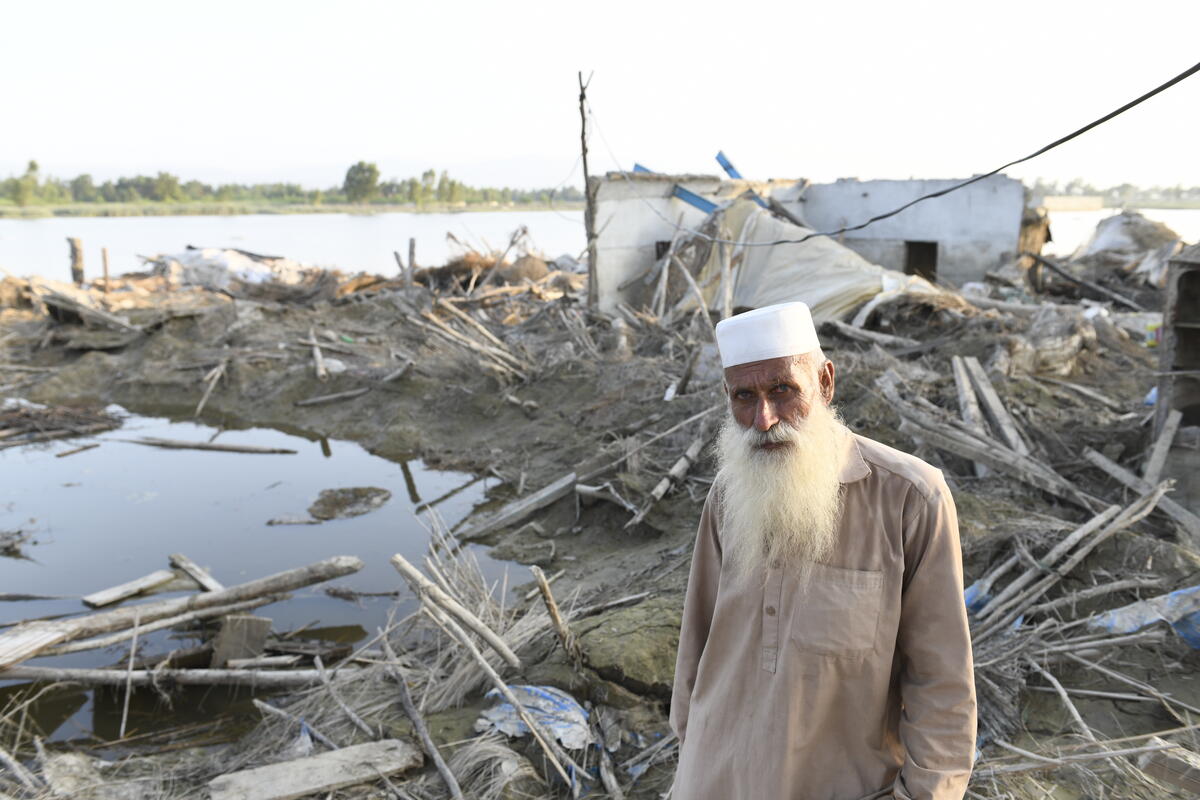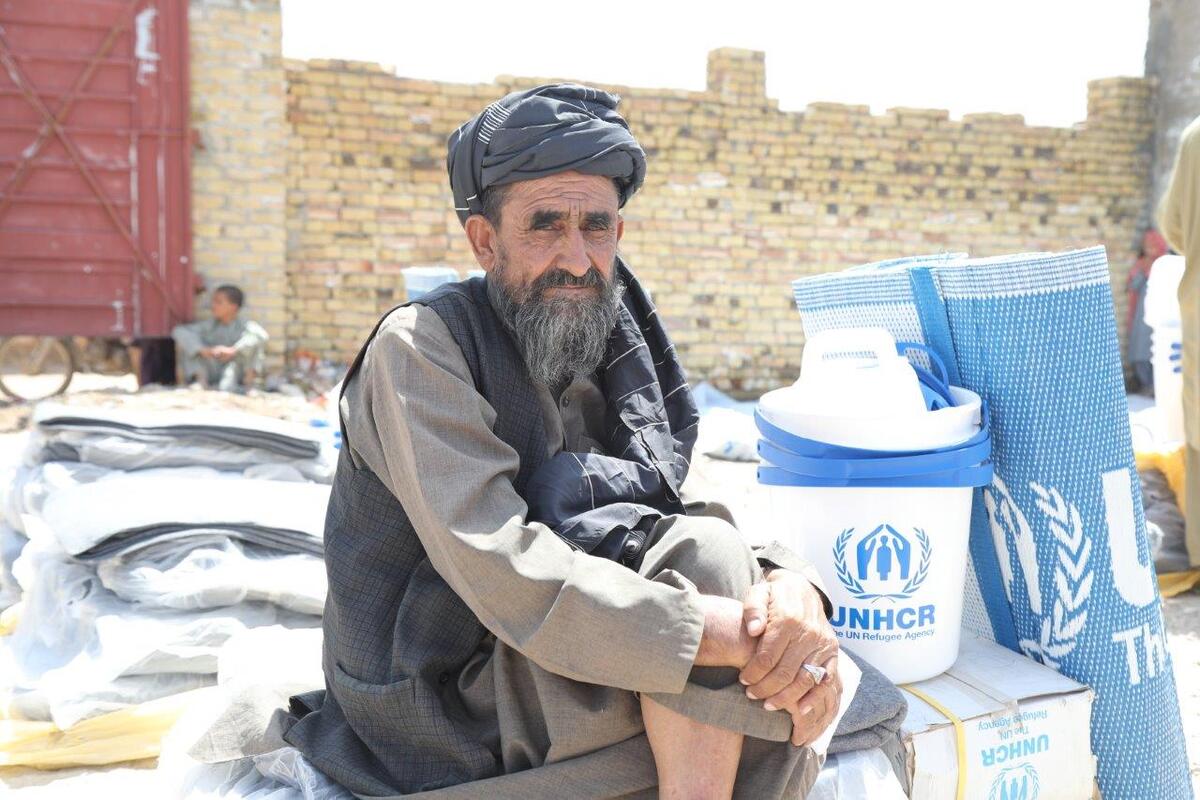Thousands more on the move in Pakistan
Thousands more on the move in Pakistan

PESHAWAR, Pakistan, June 5 (UNHCR) - An estimated 20,000 more people are believed to be fleeing the conflict areas in and around the Swat Valley in Pakistan's North West Frontier Province (NWFP). They are heading for safer ground in Mardan, Charssada and Peshawar districts. The new exodus follows the lifting of a curfew on the region from 6.00 AM to mid-afternoon Friday. To accommodate the newly displaced, UNHCR is working with local authorities to develop two new camps established earlier this week.
The displacement is the most recent since the conflict between the Pakistani army and militants in Lower Dir, Buner and Swat districts escalated in early May. Camps supplied by UNHCR in Mardan have reached capacity, and the new arrivals are being directed to sites further afield in Swabi, Charssada and Peshawar.
Two new sites, Sugar Mill and Larama camps, which opened earlier this week in Charssada and Peshawar districts, respectively, have already taken in 5,200, or about one third of their capacity. A total of 550 family tents have been pitched so far.
"Developing new sites such as Larama or Sugar Mill requires a lot of work and many parameters," explains Efren Mariano, UNHCR site planner in the North West Frontier Province. "First, you really need to find the suitable land, taking into consideration the water resources and the possibility to dig wells. Of course, the selected field needs to be in a safe area for the IDPs and for the humanitarian workers (so that they will) be able to operate efficiently and in total safety."
In many cases, the land to develop a camp is allocated by governmental or local authorities. In other cases, private owners lease out their fields for use as a site. Mariano says that UNHCR tries to limit camp size because a high concentration of people" might cause security issues".
Mariano, who has been working for UNHCR in the NWFP since last October and who has developed camps such as Jalala or Yar Hussain with UNHCR teams, confesses that finding land has become his obsession. "In my mind, I am always thinking of new lands, new fields."
"It is an emergency, we have to face a massive displacement, and even though many people are staying in host families or in schools, we still expect them to move to camps sooner or later. In addition, of course, you have the continuing new arrivals such as today in Larama."
Of the total number of displaced, more than 260,000 people are staying in 21 camps in the NWFP, according to provincial authorities. This includes more than 170,000 people from the new influx over the past five weeks.
To pay for operations in Pakistan through the end of 2009, UNHCR is seeking an additional $67 million dollars out of a total appeal budget of $105 million.
By Hélène Caux in Peshawar, Pakistan


